Price characteristics of kona coffee bean story in Kona, Hawaii
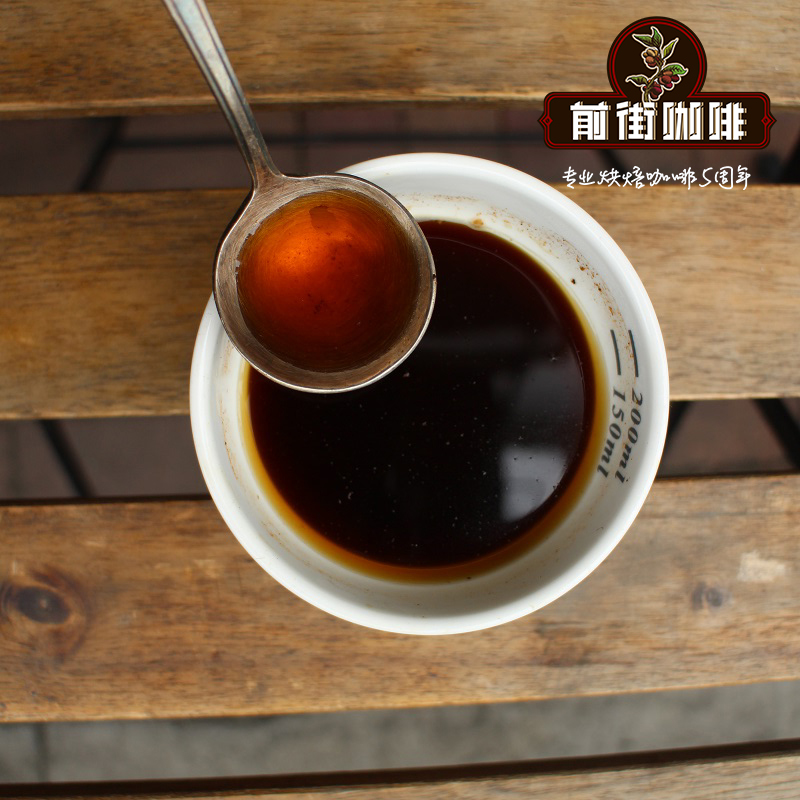
Professional coffee knowledge exchange More coffee bean information Please pay attention to coffee workshop (Weixin Official Accounts cafe_style)
Is Hawaii Kona Coffee Expensive? How to drink Kona coffee beans? How do you make Hawaiian coffee beans?
The volcano on the Big Island is the goddess that the local residents fear and love. They are afraid that the goddess will be angry, and their homes will be burned in an instant, but they also love the tears left by the goddess after anger. The high temperature and thick magma will form a special soil after cooling, which will become one of the unique growth conditions of "Kona Coffee". Plants grow without sunshine, but coffee beans also need to be given proper shade, surrounded by the sea Hawaii, because the sea to adjust the climate, the morning sunshine through the moisture becomes soft, to noon, the mountain moisture condensed into fog, protecting the tree species.
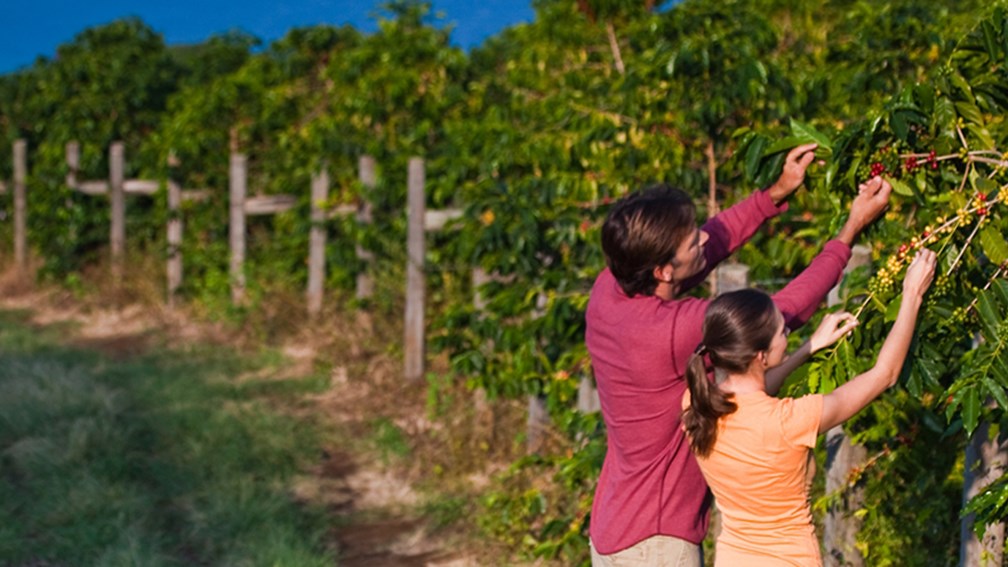
The island is not blocked by mountains, the sky clouds surging with the wind, forming a natural rhythm of automatic opening and closing of the umbrella, in the coffee country,"Kona coffee" is like a noble girl, by nature's most gentle care.
"Kona coffee" is not the original plant of the Big Island, the earliest records can be traced back to 1813, the Spanish planted the first coffee tree began, but the real vigorous development is in the 19th century, inherited from the world's three major coffee species "Arabica", she does not resemble Italian coffee thick, nor does it have the coarse mineral taste of Central and South American coffee, acid and sweet mix is very mild, the aftertaste also tastes the aroma of fruit, do not like people think "Kona coffee" is too light, But this "fresh and natural" flavor in the coffee world, but unique "Kona coffee" can be reflected.
What is the link to Hawaiian coffee beans?
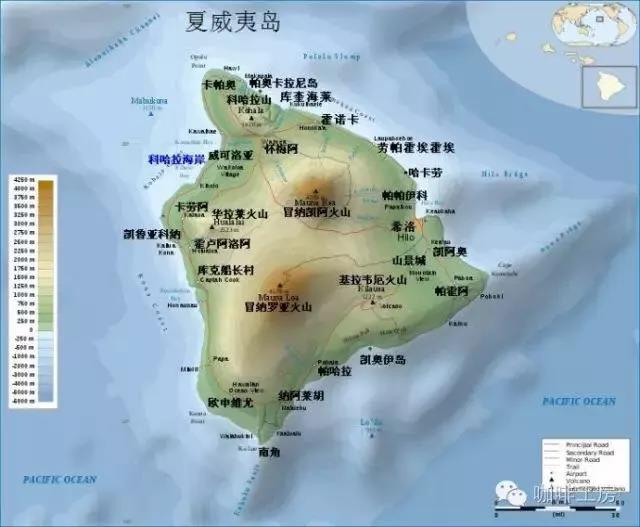
The Hawaiian Islands are a group of islands in the north-central Pacific Ocean. The Hawaiian Islands, also known as the Sandwich Islands from 1778 to 1898, are part of the Polynesian archipelago, an archipelago of 19 larger islands and other islets, mostly volcanic or coral islands. It lies between 19° and 29° north latitude, and the Tropic of Cancer passes through the archipelago.
Belonging to the Pacific Ocean and Oceania, it is arranged in the southeast-northwest direction, with a total length of 2400 kilometers and an area of 16705 square kilometers. The largest of these islands is the southeastmost Hawaiian Island, which locals call the Big Island. The highest point is Mauna Kea, 4205 meters above sea level.
The third wave of coffee revolution, the manor each break a sky
As for "Hawaiian coffee beans", due to the pursuit of the Japanese in the early days, due to the successful marketing of the Kona region on Hawaii Island (commonly known as Big Island), most consumers mistakenly thought that Kona was Hawaiian coffee beans. In fact, Kona coffee refers to coffee that is 100% produced in the Kona region. (There is also 10% Kona coffee mixed with 90% coffee beans from other regions)
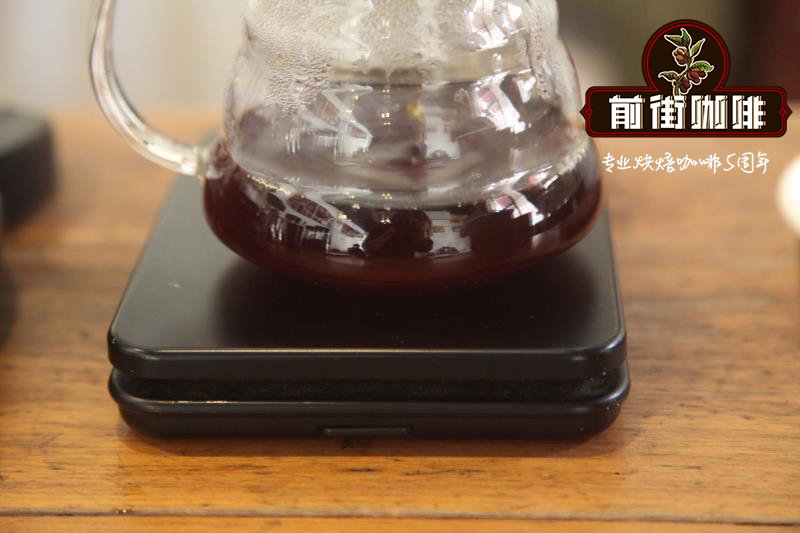
In fact, under the third wave of the fine coffee revolution, coffee farms on Hawaii islands have stepped out of the shadow of "Kona only" and made their own way into the global market.
Hawaiian coffee, which is common on the market today, has coffee plantations in Maui, Kawu and Kauai, in addition to the kona area of the Big Island. Common Hawaiian coffee varieties include Typica, Mocca and Catuai.
The most expensive coffee on the market: Kona Coffee
However, Kona Coffee is still one of the most expensive coffees on the market, and according to Hawaii's Department of Agriculture regulations, only coffee on the slopes of Hualalai and Mauna Loa in Big Island, Kona District, can be called Kona Coffee. Hawaii's sunny mornings, cloudy and rainy afternoons, light breezes and mild nights, combined with mineral-rich volcanic soils, create its special flavor.
Kona Coffee is divided into two categories: Type I (flat beans) and Type II (Peaberry).
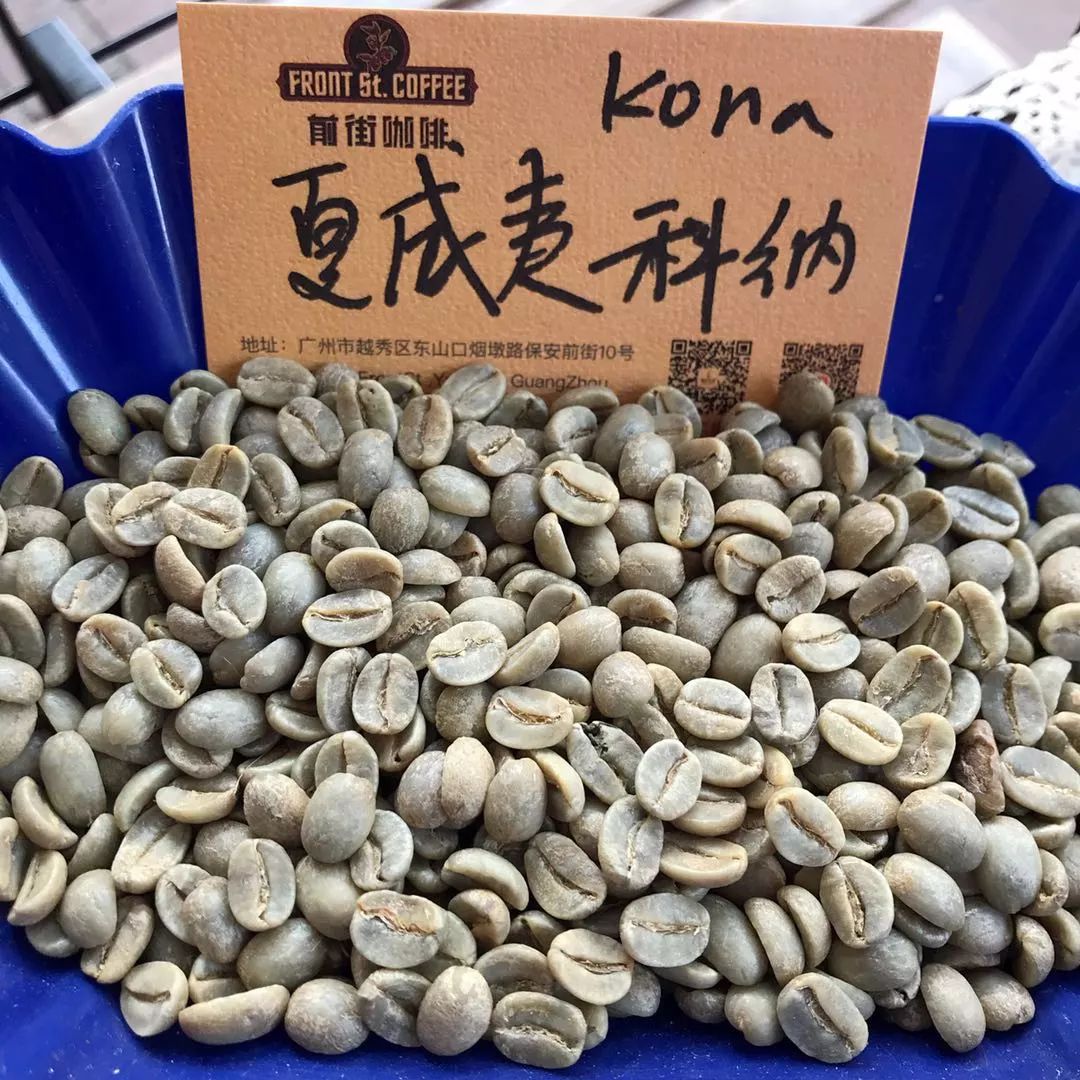
These two classes are further divided into 'Kona Extra Fancy,''Kona Fancy,''Kona Number 1,''Kona Select,' and 'Kona Prime,' according to size, moisture content, and seed purity; Type II Kona coffee is divided into 'Peaberry Number 1' and 'Peaberry Prime,' and a lower grade 'Number 3' is not called Kona Coffee.
Kona Coffee's biggest threat in recent years has been the coffee berry moth (Hypothenemus hampei) infestation, and by late November 2010, Hawaii's Department of Agriculture announced that all green beans must be fumigated with methyl bromide or another six-step procedure before leaving the Big Island.
In the future, coffee from Kona will probably fluctuate greatly in terms of production and price. Because of this, coffee farmers on Kauai, Kawu and Maui have gradually emerged in the past two years.
Front Street Coffee suggested brewing method
Recommended cooking methods in Qianjie: siphon, hand flushing
Abrasion: 2.5 (Japan Kofuji R440)
V60 filter cup, 15 grams of powder, water temperature 88 degrees, grinding 4, water powder ratio close to 1:15
30g water steams for 30s
Staging: water injection to 120ml, water cut off slowly to 225ml,
30-120-225
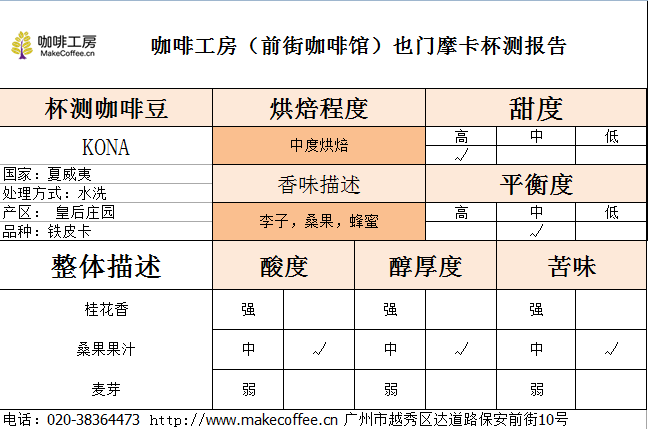
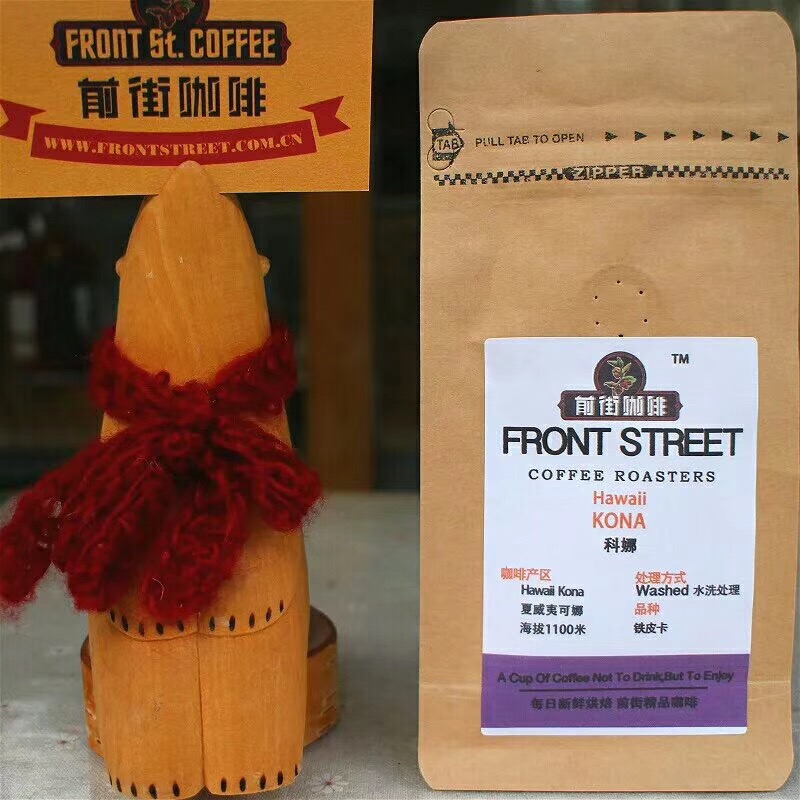
Purchase Link: item.taobao.com/item.htm? spm=a1z10.5-c-s.w4002-15673140460.29.41ea6d59EUZqHD&id=567292760486
Important Notice :
前街咖啡 FrontStreet Coffee has moved to new addredd:
FrontStreet Coffee Address: 315,Donghua East Road,GuangZhou
Tel:020 38364473
- Prev
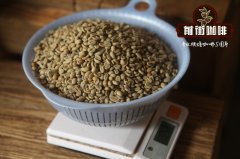
How do you drink Kona coffee in Kona, Hawaii? What flavor will it have to brew Kona? Kona Kona Coffee
Professional coffee knowledge exchange more coffee bean information please follow the coffee workshop (Wechat official account cafe_style) Hawaii Kona Kona coffee how to drink? What flavor will it have to brew Kona? Introduction to the planting of kona Kona Coffee Garden? Hawaii is a beautiful island, and coffee has been grown since the 18th century. Most of the coffee is grown on Kauai Island and the Big Island of Hawaii.
- Next
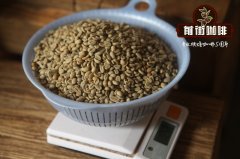
How do you make Dominican coffee? What is the special taste of the washing iron pickup truck in Ellis Villa, Dominica?
Professional coffee knowledge exchange more coffee bean information please follow the coffee workshop (Wechat official account cafe_style) how to make Dominican coffee? What are the taste characteristics of washed beans in Ellis Villa, Dominica? What coffee producing areas are there in Dominica? I was silent for a long time when I saw Japanese coffee godfather Sang Taguchi's comments on Dominica coffee beans. Because of the glittering light of Jamaican Blue Mountain Coffee
Related
- Detailed explanation of Jadeite planting Land in Panamanian Jadeite Manor introduction to the grading system of Jadeite competitive bidding, Red bid, Green bid and Rose Summer
- Story of Coffee planting in Brenka region of Costa Rica Stonehenge Manor anaerobic heavy honey treatment of flavor mouth
- What's on the barrel of Blue Mountain Coffee beans?
- Can American coffee also pull flowers? How to use hot American style to pull out a good-looking pattern?
- Can you make a cold extract with coffee beans? What is the right proportion for cold-extracted coffee formula?
- Indonesian PWN Gold Mandrine Coffee Origin Features Flavor How to Chong? Mandolin coffee is American.
- A brief introduction to the flavor characteristics of Brazilian yellow bourbon coffee beans
- What is the effect of different water quality on the flavor of cold-extracted coffee? What kind of water is best for brewing coffee?
- Why do you think of Rose Summer whenever you mention Panamanian coffee?
- Introduction to the characteristics of authentic blue mountain coffee bean producing areas? What is the CIB Coffee Authority in Jamaica?

